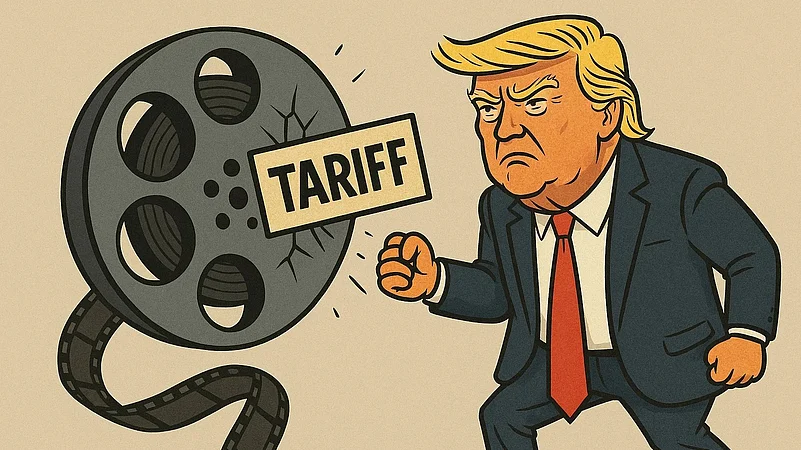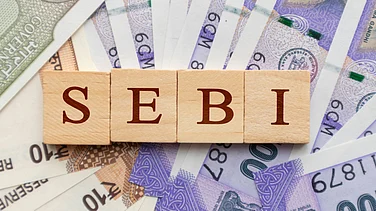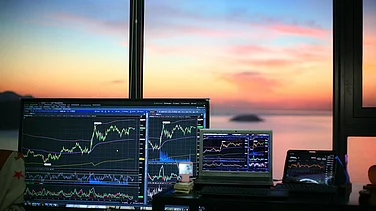
Indian markets fell sharply after President Trump doubled tariffs on Indian goods, citing oil trade with Russia.
Export-oriented sectors and foreign investor outflows added to the pressure, with benchmarks breaking key levels.
Diplomatic talks are expected to resume later this month, with hopes of a resolution before the second tariff phase kicks in.
Indian equities came under pressure on August 7, as investor sentiment turned risk-averse following US President Donald Trump’s decision to double tariffs on Indian goods to 50%, punishing the country for its continued purchases of Russian oil. The move, which drew a sharp rebuke from New Delhi, added to the strain of sustained foreign investor outflows and faltering ties between the US-India trade relationship.
By late morning, the Sensex had shed over 500 points while the Nifty lost nearly 170, with both benchmarks breaking below key psychological levels. The broader market breadth tilted bearish, with declines outpacing advances nearly two to one. Export-facing stocks bore the brunt, particularly those in textiles, engineering goods and auto components. Shares of Adani Ports, Tata Motors, Kotak Mahindra Bank and NTPC were among the biggest laggards.
The White House’s latest executive order raises tariffs on Indian imports to 50%, from the earlier 25%, making them steeper than those levied on China. While the first tranche of 25% tariffs takes effect immediately, the second phase is scheduled to kick in from August 27, unless negotiations result in a breakthrough. The move caught markets off guard, especially as it came at a time when backchannel efforts were reportedly gaining traction.
India condemned the decision as “unfair, unjustified and unreasonable,” and concerns are now mounting over a prolonged trade standoff. “We had mapped out clear roadblocks to the India–US trade deal,” said Utsav Verma, Head of Research at Choice Broking. “Mutual mistrust, energy imports and geopolitics are all colliding at once. The market seemed to have priced in a resolution, but that may have been premature.”
The sixth round of trade talks is due later this month, with Ricky Gill, Special Assistant to the US President for National Security Affairs, expected to lead the American delegation in New Delhi. The executive order also leaves the door open for future amendments, including the possibility of extending punitive tariffs to other countries still importing Russian oil.
As diplomatic tensions escalated, foreign institutional investors sold off equities worth nearly ₹5,000 crore on Wednesday, worsening the mood on Dalal Street. The ‘fear-gauge’ India VIX rose 2% to 12.16, reflecting rising investor anxiety. Technical indicators also pointed to a weakening trend. “The continued formation of lower highs is dragging sentiment,” said Anand James, Chief Market Strategist at Geojit Financial Services. “If the Nifty breaks below 24,080, we could be staring at a move towards 23,560. A recovery needs a clean break above 24,670.”
Dhiraj Relli, MD & CEO, HDFC Securities, estimates that if the higher tariffs remain in force for a full year, they could shave off 30–40 basis points from India’s GDP growth. For now, analysts see the possibility of a 1-2% decline in equities as a knee-jerk reaction, with hopes pinned on the upcoming diplomatic talks to de-escalate tensions.




























